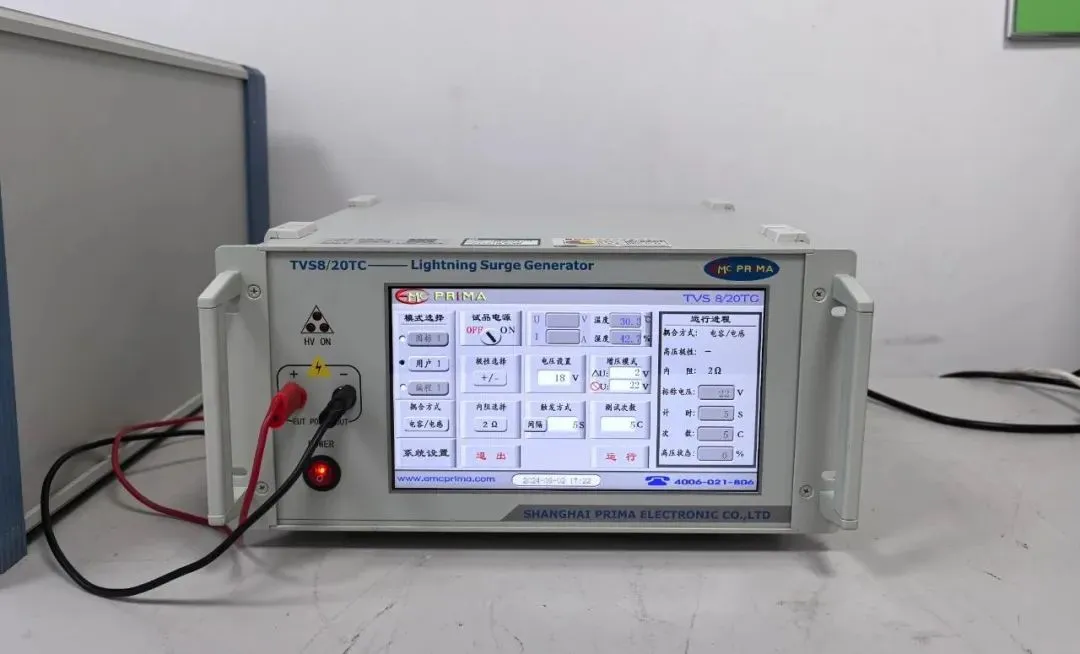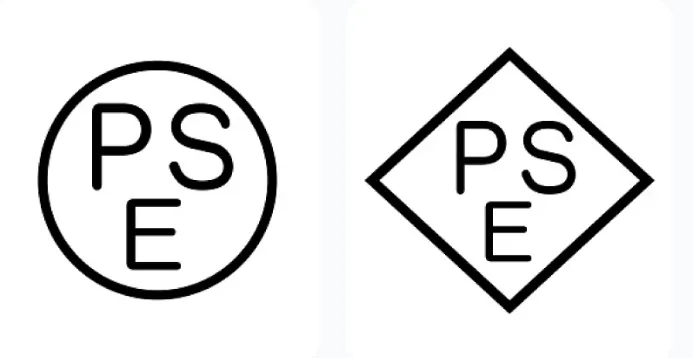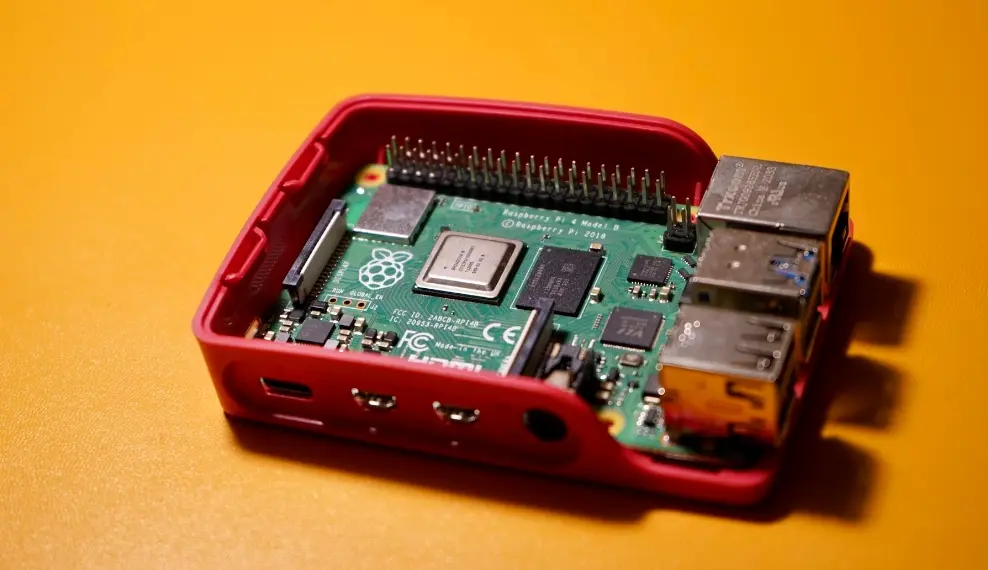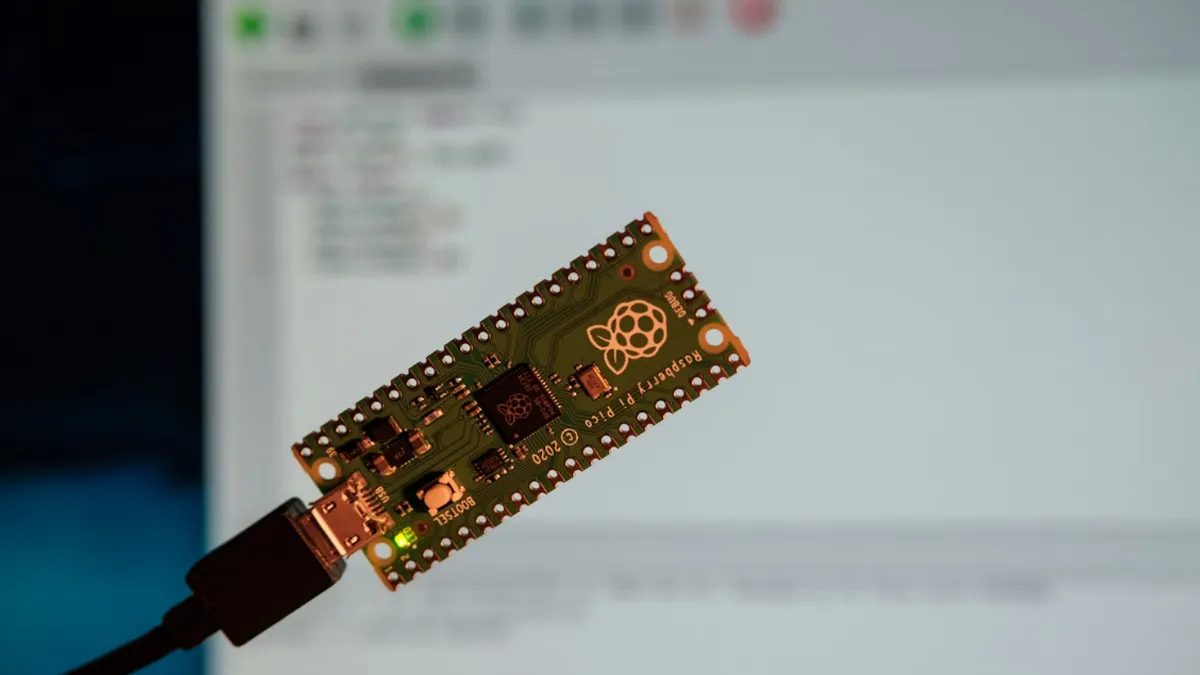
Amazon 18650 Lithium Battery Certification
Recently, many Amazon sellers have reported that some products containing 18650 batteries were removed without receiving any email notifications. According to seller feedback, product listings have been taken down extensively in Canada, the United States, and Europe, with items such as flashlights and headlamps being hit the hardest. Many sellers of products containing 18650 batteries received the following email:
The email states that if the issue is related to safety, sales are outright prohibited, and no sales applications will be accepted. If it is a classification error, sellers may provide an explanation. In fact, as early as November 2019, Amazon released a policy stating that starting January 1, 2020, battery manufacturers and distributors are requiRED to provide a lithium battery summary in accordance with UN standards (un38.3).
Prohibited Items on Amazon Canada
Cylindrical lithium-ion batteries, including types: 14500, 16340, 18650, 20700, 21700, 26650, and all products containing these types of batteries, are prohibited for sale, even if the product does not include the battery.
Prohibited Items on Amazon USA
Products that do not comply with applicable regULations or industry standards, such as cylindrical lithium-ion batteries of types: 14500, 16340, 18650, 20700, 21700, 26650, and all products containing these types of batteries, even if the battery is not included in the product.
Reasons for the Removal of 18650 Batteries:
1. Trigger Event
In recent years, there have been numerous reports of fires and explosions caused by various batteries sold on Amazon, leading to an increasing number of lawsuits. As a result, Amazon has tightened its policies on lithium batteries.
2. Platform Policy
Amazon’s policy explicitly states that cylindrical lithium-ion batteries (models: 14500, 16340, 18650, 20700, 21700, and 26650), as well as all products containing these battery types (even if the battery is not included in the product), are prohibited from being sold.
3. Root Cause
The U.S. Consumer Product Safety Commission (CPSC) determined after safety tests that loose 18650 batteries, commonly used in power banks, e-cigarettes, flashlights, and toys, pose a fire hazard. These 18650 batteries were originally designed as part of industrial battery packs and not meant to be sold separately to consumers. When these rechargeable lithium batteries (loose cells) are handled, stored, or used improperly, they carry inherent risks. Loose cells can easily expose their positive and negative terminals, which may cause a short circuit if they come into contact with conductors such as keys or coins. Short circuits can lead to overheating, thermal runaway, and eventually result in fires or explosions.
How Should Sellers Appeal if Caught in This Situation?
Some sellers have analyzed the process: Amazon's Hazardous Materials Review, the UN38.3 lithium battery documentation upload, and the Product Safety Review are three independent procedures. Sellers must ensure all documentation is complete to recover their listings.
Here is a successful solution from the Canadian marketplace:
1. Remove all keywords related to 18650, mAh, lithium battery, etc. from the product listing.
2. If any images mention 18650 or other battery models, replace or remove them.
3. Appeal materials required:
(1) English instruction manual
(2) Six-sided product images (PDF)
(3) ul1642, ul2054, ul2056 reports
(4) DOC Declaration of Conformity
(5) UN38.3 report and MSDS report.
A Reminder from China’s JJR Lab
Sellers who have not yet been affected should conduct a self-review immediately. If your listing includes terms such as "18650 battery model," it may trigger an audit. It is recommended to change the wording to "rechargeable battery" and remove detailed battery images from product images.
Additionally, sellers are advised to prepare UL-related reports (e.g., UL1642, UL2054), FCC-ID certification for wireless products, FCC-sdoc, UN38.3, and Msds reports in advance.
Email:hello@jjrlab.com
Write your message here and send it to us
 What is Amazon California Proposition 65?
What is Amazon California Proposition 65?
 New METI Registration Regulations in Japan
New METI Registration Regulations in Japan
 Attention for Amazon Japan Sellers: New PSE Regula
Attention for Amazon Japan Sellers: New PSE Regula
 Compliance with Japanese Representative & METI
Compliance with Japanese Representative & METI
 ZigBee-LoRa-Z-Wave Product compliance testing
ZigBee-LoRa-Z-Wave Product compliance testing
 Compliance Testing for FM/AM/DAB/DMB Broadcast Rec
Compliance Testing for FM/AM/DAB/DMB Broadcast Rec
 NFC/RFID Product Compliance Testing
NFC/RFID Product Compliance Testing
 IEC 62368 Safety Standards Test Items and Requirem
IEC 62368 Safety Standards Test Items and Requirem
Leave us a message
24-hour online customer service at any time to respond, so that you worry!




